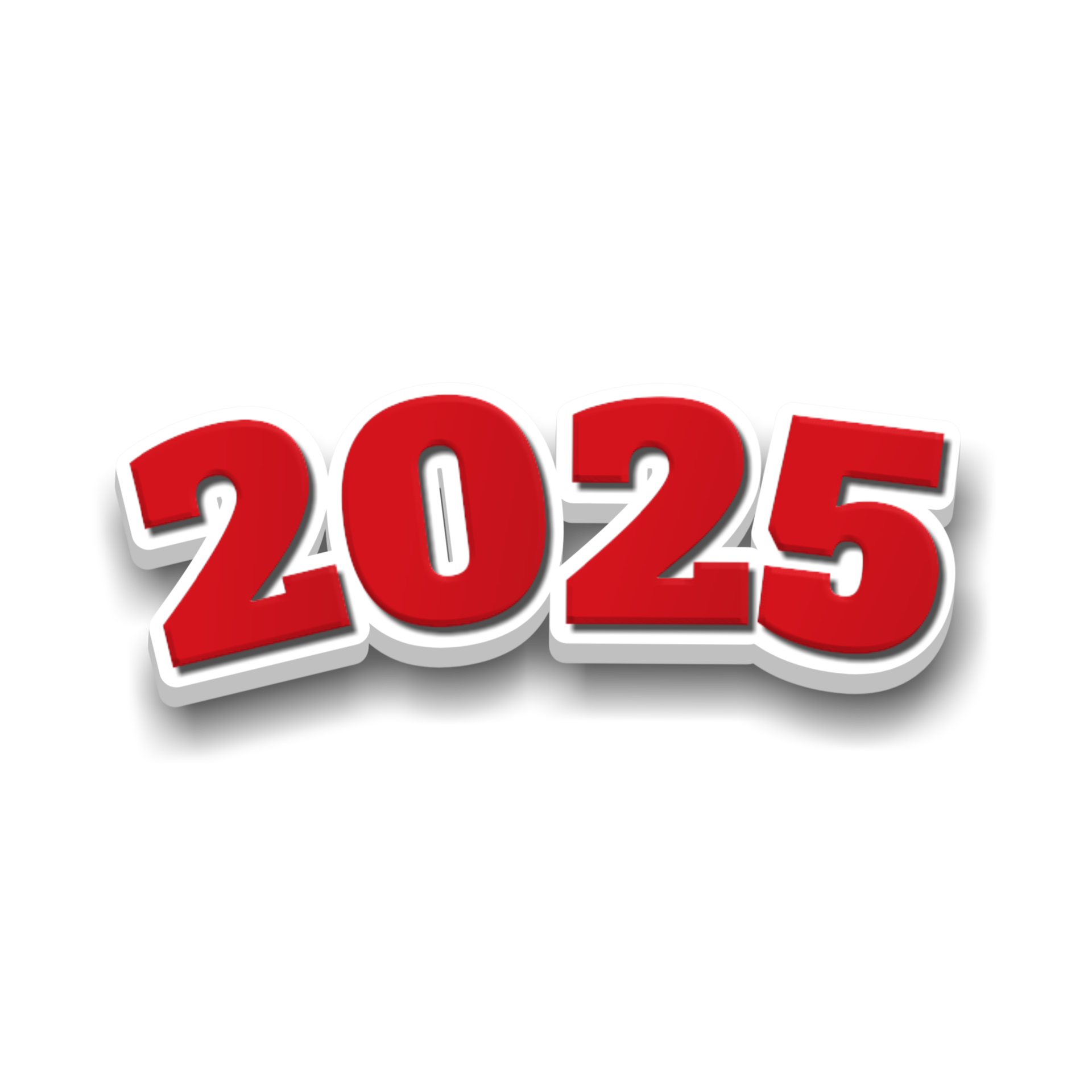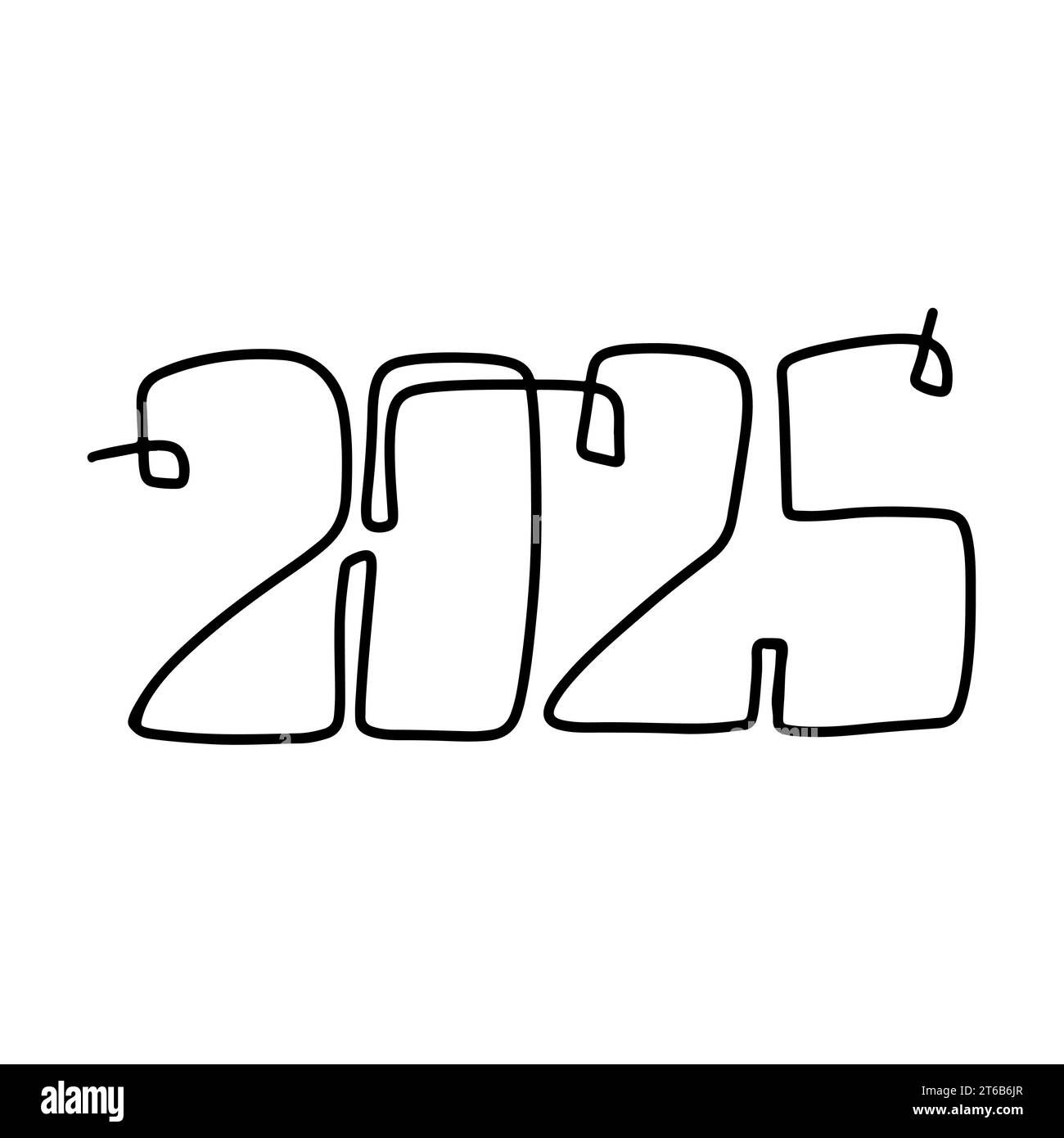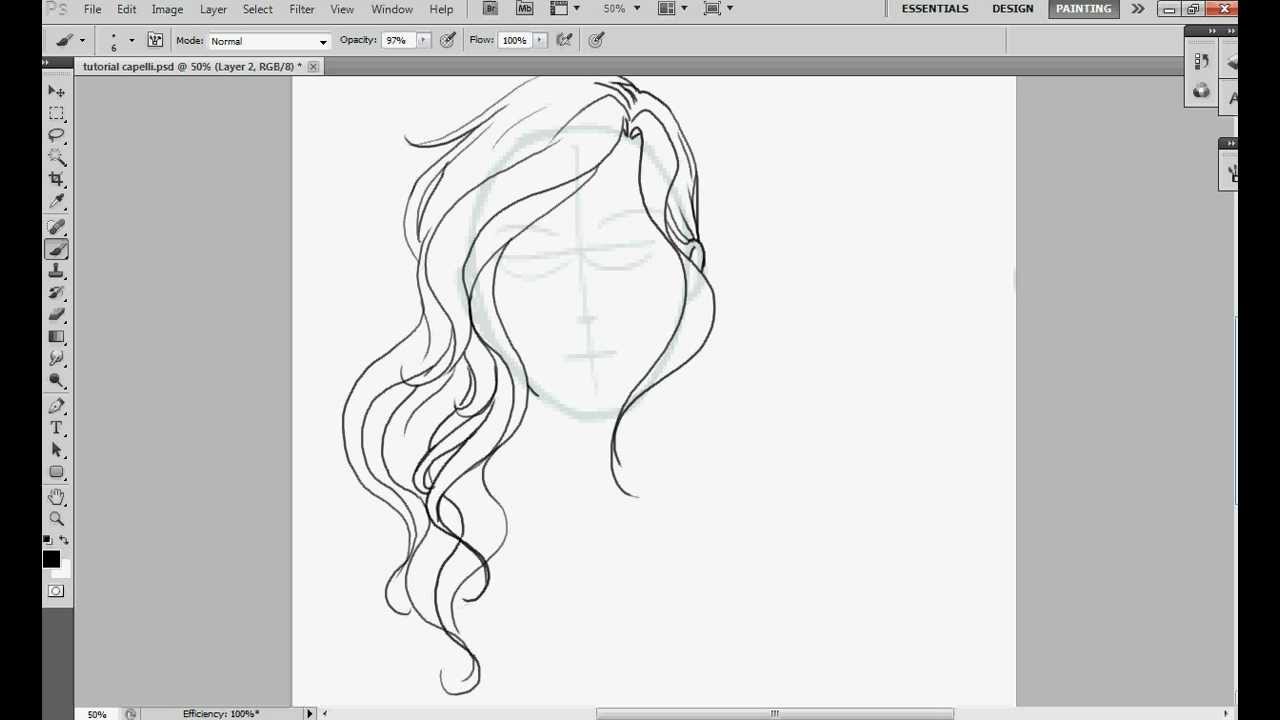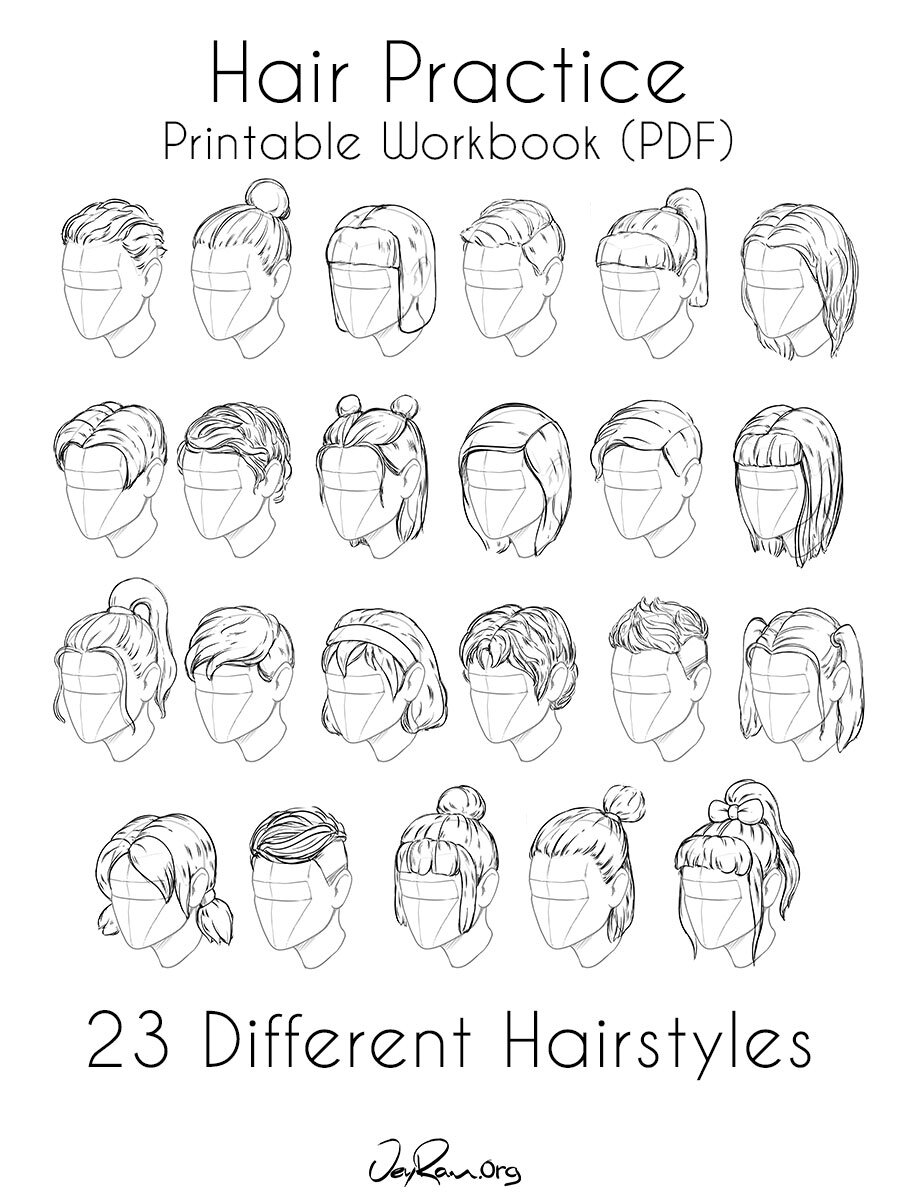Mastering the Artwork of Simple Hair Drawing in 2025: A Complete Information
Associated Articles: Mastering the Artwork of Simple Hair Drawing in 2025: A Complete Information
Introduction
With nice pleasure, we’ll discover the intriguing matter associated to Mastering the Artwork of Simple Hair Drawing in 2025: A Complete Information. Let’s weave fascinating data and supply recent views to the readers.
Desk of Content material
Mastering the Artwork of Simple Hair Drawing in 2025: A Complete Information

Drawing hair realistically can appear daunting, particularly for newbies. Nevertheless, with the appropriate strategies and a little bit of follow, reaching convincing and trendy hair in your paintings is totally achievable, even in 2025 the place digital instruments are more and more prevalent. This complete information will break down the method into manageable steps, catering to each conventional and digital artists, guaranteeing you’ll be able to effortlessly add life and persona to your characters and portraits.
I. Understanding Hair Construction: The Basis of Real looking Drawing
Earlier than diving into the drawing course of, understanding the basic construction of hair is essential. Hair is not only a strong mass; it is composed of particular person strands that clump collectively, creating quantity and texture. Observing actual hair intently will reveal key parts:
- Strands: Particular person strands are hardly ever completely straight; they curve, bend, and intertwine. Understanding this inherent irregularity is vital to avoiding stiff, unnatural-looking hair.
- Teams & Clumps: Hair strands naturally group collectively, forming bigger clumps or sections. These clumps outline the general form and circulation of the coiffure. Observing these groupings is crucial for creating plausible quantity and motion.
- Path & Move: Hair follows a selected route, usually decided by gravity, styling, and the pure progress sample. Understanding this circulation is significant for creating a way of realism and dynamism.
- Texture & Thickness: Hair varies vastly in texture (straight, wavy, curly, kinky) and thickness. These variations considerably affect the general look of the hair and needs to be rigorously thought of.
- Mild & Shadow: Mild interacts with hair, creating highlights and shadows that outline its type and quantity. Mastering the interaction of sunshine and shadow is essential for reaching practical rendering.
II. Simplifying the Course of: Breaking Down Advanced Hair into Manageable Shapes
As a substitute of making an attempt to attract each single strand, which could be overwhelming, begin by simplifying the hair into fundamental shapes. Consider the general coiffure as a group of simplified types:
- Geometric Shapes: Use fundamental shapes like ovals, cylinders, and cones to outline the general silhouette of the coiffure. This helps set up the foundational construction earlier than including particulars.
- Plenty & Planes: As a substitute of particular person strands, consider hair when it comes to plenty and planes. Determine the principle areas of sunshine and shadow, specializing in the general type quite than minute particulars.
- Underlying Construction: Sketch the underlying head form calmly earlier than including hair. This ensures the hair sits naturally on the pinnacle and maintains correct proportions.
III. Important Methods for Drawing Hair:
A. Conventional Drawing Methods:
- Pencil Sketching: Start with gentle pencil sketches to outline the general form and circulation of the hair. Steadily construct up the main points, including darker tones to create depth and quantity. Use a wide range of pencil grades (e.g., 2H, HB, 2B, 4B) for various ranges of darkness.
- Mixing & Smudging: Mix the pencil strokes gently utilizing a mixing stump or your finger to create clean transitions between gentle and shadow. Keep away from over-blending, which may end up in a muddy look.
- Hatching & Cross-Hatching: Use hatching (parallel strains) and cross-hatching (intersecting strains) to create texture and depth. Range the spacing and stress of your strokes to attain a wide range of tonal values.
- Eraser Methods: Use an eraser to raise highlights and create brighter areas, including distinction and realism.
B. Digital Drawing Methods (2025 and Past):
- Digital Portray Software program: Make the most of software program like Photoshop, Procreate, or Clip Studio Paint. These packages supply instruments particularly designed for creating practical hair, together with brushes that mimic numerous textures and strategies.
- Customized Brushes: Experiment with completely different brush settings and create customized brushes to duplicate particular hair textures. This permits for larger management and effectivity within the drawing course of.
- Layer Administration: Use layers to separate completely different facets of the hair (e.g., base form, strands, highlights, shadows). This permits for straightforward changes and corrections with out affecting different elements of the drawing.
- Mixing Modes: Experiment with mixing modes (e.g., Overlay, Tender Mild, Multiply) to create practical interactions between gentle and shadow throughout the hair.
- Reference Photographs: Make the most of high-quality reference photos to check the circulation, texture, and lighting of actual hair. This may considerably enhance the accuracy and realism of your digital work.
IV. Drawing Totally different Hair Varieties:
Every hair kind requires a barely completely different method:
- Straight Hair: Deal with the graceful circulation and delicate curves of the strands. Use lengthy, flowing strains and minimal texture variation. Highlights and shadows will likely be extra delicate.
- Wavy Hair: Create gentle, undulating curves. Use barely thicker strains and counsel the person waves with out drawing each single one.
- Curly Hair: Deal with the tight curls and quantity. Use brief, curved strains and counsel the general form of the curls with out drawing each meticulously. Highlights and shadows will likely be extra dramatic.
- Kinky Hair: Emphasize the tight coils and texture. Use brief, darkish strokes to create a way of density and quantity. Take note of the way in which gentle displays off the tightly packed curls.
V. Including Particulars & Refinement:
As soon as the fundamental form and construction are established, add finer particulars to boost realism:
- Particular person Strands: Add a number of strategically positioned particular person strands to counsel motion and texture. Do not overdo it; much less is commonly extra.
- Flyaways: Embrace a number of flyaway strands so as to add a contact of pure imperfection and motion.
- Highlights & Shadows: Refine the highlights and shadows so as to add depth and dimension. Take note of the route of sunshine and the way it impacts the hair.
- Texture Variations: Range the thickness and density of the hair to create a extra pure look.
VI. Observe and Persistence:
Mastering the artwork of drawing hair takes time and follow. Do not be discouraged in case your preliminary makes an attempt aren’t good. The secret’s to maintain working towards, experimenting with completely different strategies, and finding out real-life examples. The extra you draw hair, the higher you may change into at understanding its complexities and capturing its magnificence on paper or digitally. Make the most of on-line sources, tutorials, and workshops to additional improve your abilities. By persistently working towards and refining your strategies, you may be properly in your strategy to effortlessly drawing stunning and practical hair in 2025 and past. Bear in mind to have enjoyable and benefit from the artistic course of!








Closure
Thus, we hope this text has offered helpful insights into Mastering the Artwork of Simple Hair Drawing in 2025: A Complete Information. We recognize your consideration to our article. See you in our subsequent article!